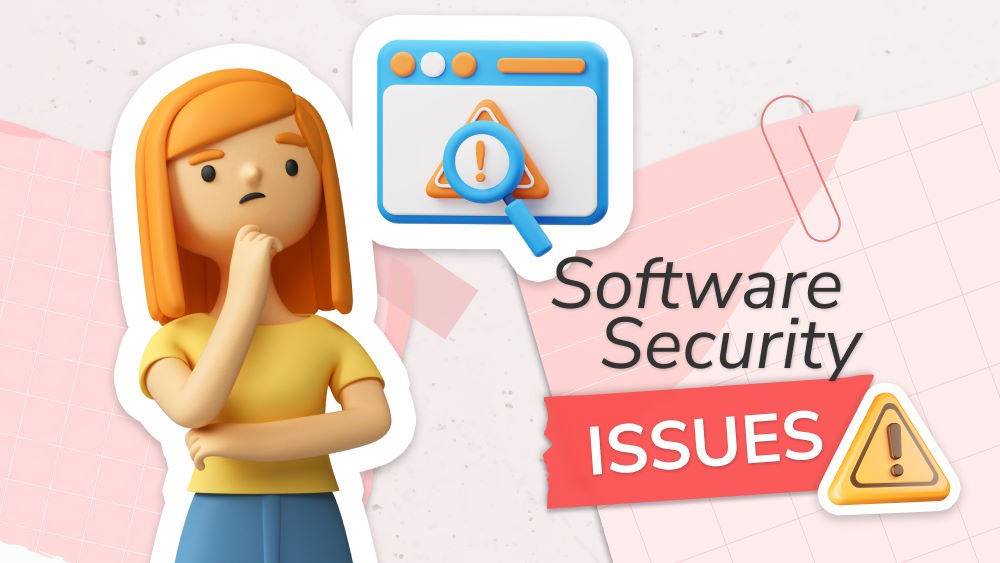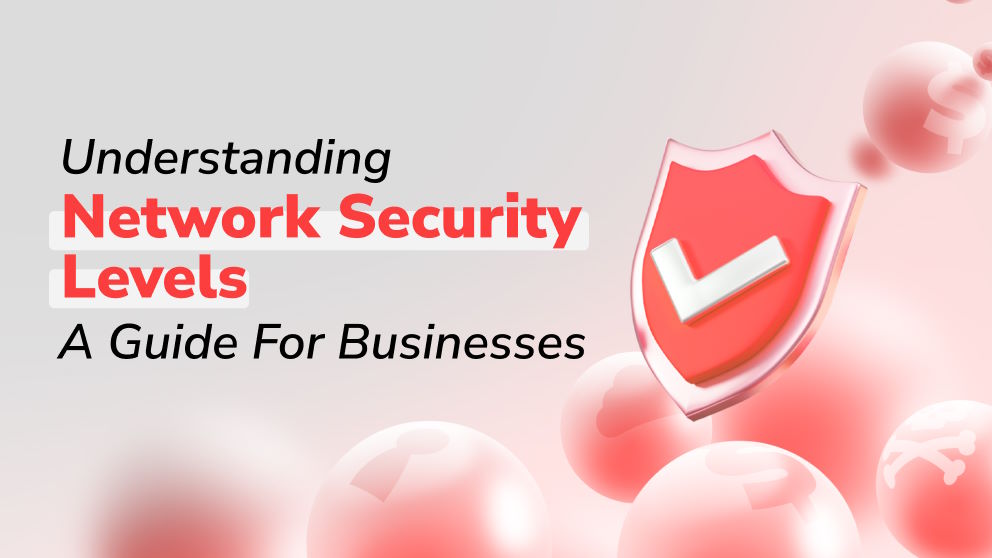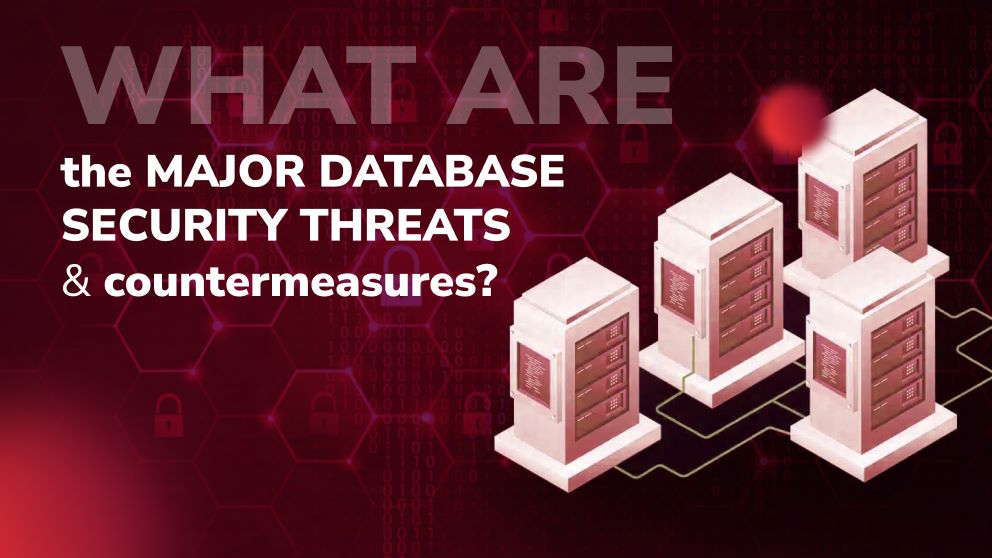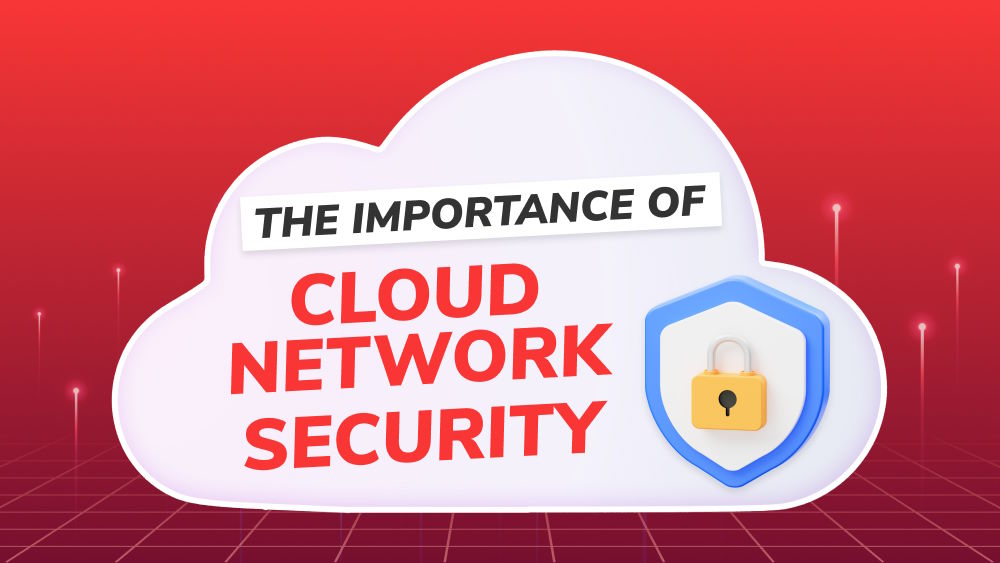Common Software Security Issues & Strategies to Prevent Their Impact

Content Map
More chaptersAre you concerned about the security of your business’s software? In today’s latest software development technologies, software security is a top priority for businesses of all sizes. With the growing number of security vulnerabilities and the increasing reliance on technology, it is crucial to take proactive measures to secure software systems and data.
As a business owner, you cannot afford to overlook the importance of software security. A single security breach can have devastating consequences, including financial loss, reputational damage, and legal consequences. In this article, we will provide an overview of the top software security issues that you need to know to keep your business secure.
We will cover the most common types of software security vulnerabilities, how they can impact your business, and provide actionable tips on how to prevent and fix security vulnerabilities. With the insights from this article, you can be confident that you are improving software security and taking the necessary steps to keep your business secure in today’s digital landscape.
Common Software Security Issues
To safeguard your brand and customers, it’s crucial to focus on secure software development practices. Software developers require an understanding of the various types of security weaknesses and strategies for mitigating them. Here we highlight the top common types of software security risks.
SQL Injection
SQL injection is a type of security vulnerability in which attackers exploit weaknesses in SQL queries to gain unauthorized access to a database. SQL injection attacks involve inserting malicious code into a website or application’s SQL statement, allowing attackers to access, modify, or delete critical data stored within the database.
SQL injection can have severe consequences, including the theft of sensitive data, website defacement, and even full database compromise. This type of attack is prevalent because many websites and applications use SQL databases to store user data and are vulnerable to SQL injection assaults if they do not follow secure coding practices.
SQL injection attacks can occur in the following ways:
- User input: SQL injection attacks often occur when user input is not validated or sanitized properly. Attackers can inject malicious code into user input fields, such as search bars or login forms, to execute SQL commands on the database.
- Poorly designed SQL queries: SQL injection threats are also possible if SQL queries are not designed securely. For example, if a SQL query is constructed using string concatenation instead of parameterized queries, an attacker can manipulate the input to inject malicious code into the query.
- Vulnerable software: SQL injection assaults are possible if the software is not properly secured or if there are vulnerabilities in the software that allows attackers to execute SQL commands. Attackers can exploit these vulnerabilities to execute arbitrary SQL commands on the database.
Once a SQL injection attack is successful, an attacker can gain unauthorized access to sensitive data, modify or delete data, or even gain control of the entire system.
Exposure to Sensitive Data
Exposure to sensitive data can occur when data is stored or transmitted insecurely or when unauthorized users gain access to the data. It’s a serious software security issue that can have significant consequences for businesses and individuals.
Sensitive data exposure can happen in various ways, including:
- Unprotected storage: Sensitive data can be exposed if it is stored in an unsecured location, such as a server with weak passwords or a database without proper encryption. Attackers can gain access to the data by exploiting vulnerabilities in the system or by using brute force attacks to crack weak passwords.
- Unsecured transmission: Insecure networks and unencrypted transmissions of sensitive data both increase the risk of exposure. Attackers can intercept the data by using tools such as packet sniffers or by exploiting vulnerabilities in the network.
- Insider threats: Employees or contractors with access to sensitive data can intentionally or unintentionally expose the data by sharing it with unauthorized parties or mishandling it. This can happen if an employee’s account is compromised or if an employee is not properly trained in data handling practices.
Third-party breaches: Sensitive data can be exposed if it is stored or processed by third-party vendors or partners. If the third-party experiences a security breach, the sensitive data can be compromised.
Cross-site Scripting (XSS)
Cross-site scripting (XSS) is a security flaw that allows attackers to inject malicious code into a website, which then executes in the user’s browser. This can lead to sensitive information theft or unauthorized access to a user’s account.
XSS attacks can occur when a web application allows user input to be included in a web page without properly sanitizing or validating it. This can occur in several ways, including:
- Reflected XSS: If a search form on a website allows users to enter search terms that are then displayed on the search results page, an attacker can inject malicious code into the search terms and have it executed by other users who view the search results.
- DOM-based XSS: This occurs when user input is used to modify the Document Object Model (DOM) of a web page. This can happen when a web application uses JavaScript to dynamically update the web page content based on user input. An attacker could inject malicious JavaScript code that is then executed by other users who view the modified web page.
Impact of Software Security Issues
Data Breaches and Theft
Data breaches and theft are perhaps the most significant consequences of software security vulnerabilities. When a company’s software is compromised, sensitive customer data such as credit card information, personal identification numbers, and social security numbers can be stolen. Such data can be sold on the black market, leading to identity theft and financial loss for customers. Moreover, data breaches can cause significant reputational damage to a company, which can be difficult to recover from.
One example of a company that has experienced a data breach is Equifax, a consumer credit reporting agency. In 2017, Equifax suffered a massive data breach that exposed the personal information of 143 million consumers. The breach resulted in a public outcry and a $700 million settlement with the US Federal Trade Commission.
Financial Losses
Financial losses can also result from software security issues. For example, if a company’s financial software is hacked, transactions can be manipulated, leading to financial losses for the company and its customers. Additionally, companies may need to spend significant amounts of money to remediate the damage caused by a security breach, such as hiring cybersecurity experts or implementing new security measures.
A real-life example of a company that has experienced financial losses due to a software security issue is Target. Target experienced a data breach in 2013 that exposed the debit and credit card data of 40 million consumers. The hack cost the corporation $202 million in missed income and expenditures.
Legal and Regulatory Penalties
Legal and regulatory penalties are also potential consequences of software security issues. Companies may be subject to fines, legal judgments, and regulatory action if they fail to adequately protect their customers’ data. This can result in significant costs for the company and damage to its reputation.
As a case study, in 2016, Uber suffered a data breach that exposed the personal information of 57 million users and drivers. The company paid a $148 million settlement with US state attorneys general and agreed to implement new security measures.
Strategies for Preventing Software Security Issues

There are several strategies that can help prevent software security risks from occurring in the first place. Here are some best practices for preventing software vulnerabilities:
Keeping Software Up-to-date
Keeping your software development life cycle up-to-date is critical. Software vendors regularly release updates that address security vulnerabilities, so it’s important to install these updates as soon as they become available. These updates may include bug fixes, security patches, and other improvements that can help keep your software security tools safeguarded.
Failing to update the software can leave your systems vulnerable to attacks that exploit known vulnerabilities. Attackers are well aware of the vulnerabilities in popular software programs, and they often target systems that haven’t been updated with the latest security patches. In fact, many high-profile data breaches have been caused by attackers exploiting known vulnerabilities in unpatched software.
To ensure that your software development lifecycle is always up-to-date, you can enable automatic updates for your operating system and other software programs. You should also regularly check for updates manually and install them as soon as they become available.
Conducting Regular Security Audits and Vulnerability Assessments
Regular security audits and vulnerability assessments can help identify potential security risks before being exploited. These assessments can help you identify vulnerabilities in your software, network, and systems, allowing you to take steps to address them before they can be exploited by attackers.
Security audits typically involve a comprehensive review of your systems and software development process processes to identify potential security issues. This may include reviewing access controls, identifying vulnerabilities in software and hardware security, and assessing the effectiveness of your security policies and procedures.
Vulnerability assessments are typically more focused and involve identifying specific vulnerabilities in your systems and software. This may involve running vulnerability scans on your network, testing your web applications for security holes, and reviewing your systems for known vulnerabilities.
Providing Security Awareness Training Programs
Finally, providing employee training and awareness programs can help prevent software security issues by educating not only cyber security teams but any employees about the risks and best practices for avoiding them. Training programs help employees learn how to access secure data, recognize phishing scams, avoid downloading malware, and follow best practices for password security, among other things.
Employees may inadvertently download malware, fall for phishing scams, or use weak passwords that can be easily guessed or cracked. By providing training and awareness programs, you can help employees understand the risks and best practices for avoiding them.
Training programs may include online courses, secure code training, or simulations that help employees learn how to recognize and avoid common cybersecurity threats. You may also provide regular reminders and updates to employees to keep them informed about new security threats and best practices.
Conclusion
It’s clear that software security is an ongoing concern that requires constant attention and effort. With the right approach, however, you can significantly reduce the risk of software security issues and protect your systems and data from harm.
At Orient Software, we understand the importance of software security and offer a range of services to help businesses protect themselves against these threats. We’re committed to working closely with our clients to ensure that their security needs are met.
If you’re concerned about software security issues and want to take proactive measures to protect yourself, we encourage you to consider outsourcing your security system to Orient Software. Our expert team can help you implement the best practices and strategies for preventing software development security issues, so you can concentrate on operating your business with peace of mind.







